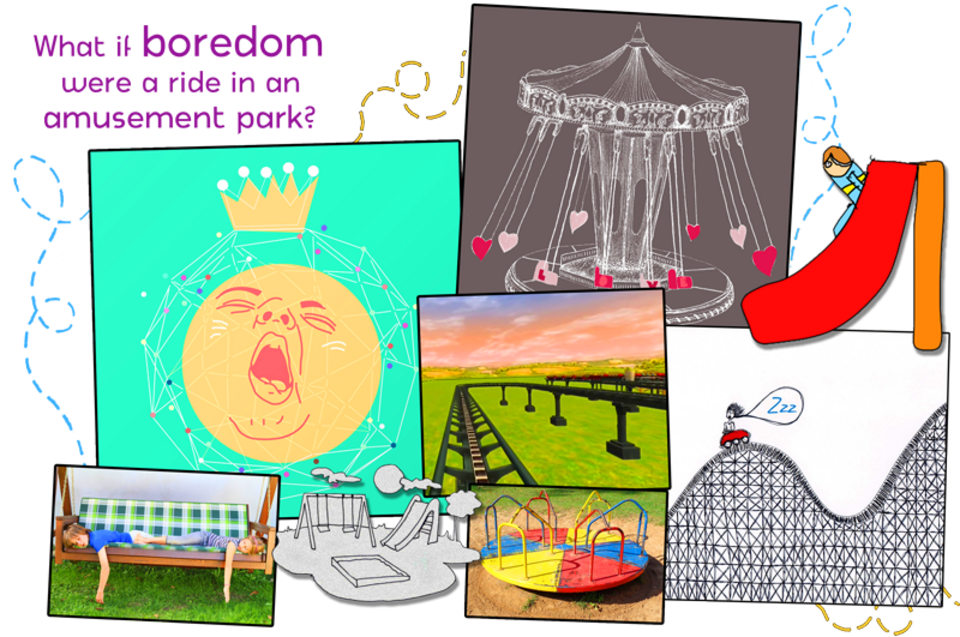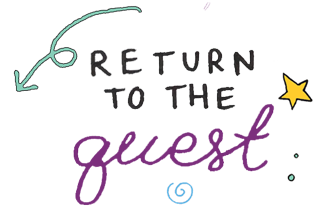
In the brain of boredom
This activity is reproduced with permission from the board game "Kookception: Philo at Play" created by our community partner Brila as part of its philocreation approach.
...
| Objective: To better understand the concept of boredom by stretching it out in all directions through mini-missions of playful thinking! |
Duration: 15 to 45 minutes
Material:
Sheets of paper and pen
Coloured pencils and markers
Your imagination
Instructions:
Mission 1: Define the concept. Imagine a very curious alien who wants to understand the human world, but who doesn't have the same concepts on their planet. How would you explain boredom to them by giving a definition of the concept and examples from planet Earth? Keep track of all your ideas because they will be useful for the following activities, like Creative Conception and Creative Construction!
Mission 2: Imagine the concept. If the concept of boredom were a living creature, what would it look like and why? Close your eyes and visualize its appearance and behaviour, also thinking about its personality, thoughts and feelings. Then imagine that boredom is getting dressed in the morning before leaving the house. What would its outfit look and feel like, and why? Draw the various articles of clothing, including its shoes and hat! What kind of style does boredom have? Last but not least, invent the name of boredom’s favourite clothing store or fashion line!
Mission 3: Compare the concept. It’s sometimes by making comparisons that you can discover new ideas! In this game of wacky metaphors, your task is to make a connection between the concept and something completely different: If boredom were a ride at an amusement park… what kind of ride would it be and why? Describe the ride from start to finish, as if you were writing the blurb in a pamphlet for the park. Be sure to include lots of detail... but try not to be too interesting!
...
Bonus: Are you still overflowing with ideas? Then imagine that you accidentally hired boredom to be your interior decorator! If your family left it alone to carry out its design for a few weeks while you went on holiday, what would it do to your home and why? Visualize how all the rooms would look and feel! You can even draw the architectural plan and mood board that it might create for the project. |

| Tricks for tots: To help you visualize boredom as a creature, you can first prepare a list of its likes and dislikes. What does boredom love to experience… and what does it hate with every fibre of its being? Now imagine boredom doing one of its liked or disliked activities—what is his attitude like? Would you want to join boredom in the activity? Why or why not? |
| Tips for teens: According to a rather pessimistic argument by the philosopher Schopenhauer, boredom can be very useful to the extent that it can remind us of the meaninglessness of human existence. And indeed, perhaps many of us can recall a time when the experience of being bored highlighted some ways in which life might seem futile and empty. But what if boredom could play the exact opposite role by underlining reasons to be grateful? Think back to a handful of times when you felt truly bored, and how these moments could reveal the value of their opposites—that is, experiences of exhilaration, fascination, passion and the like. In your opinion, could we appreciate these great moments were it not for the restlessness of boredom? Why or why not? |
Share your creative reflections by sending them via email.
Include photos of your projects and notes of your thoughts, as well as your first name and your age!


